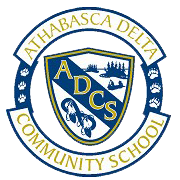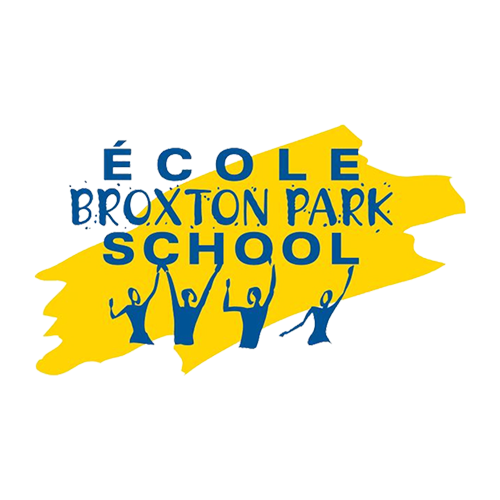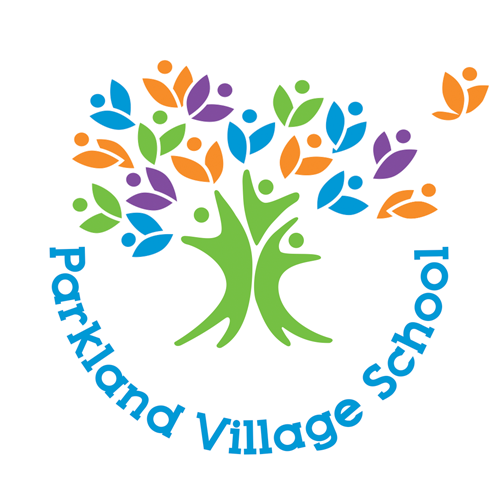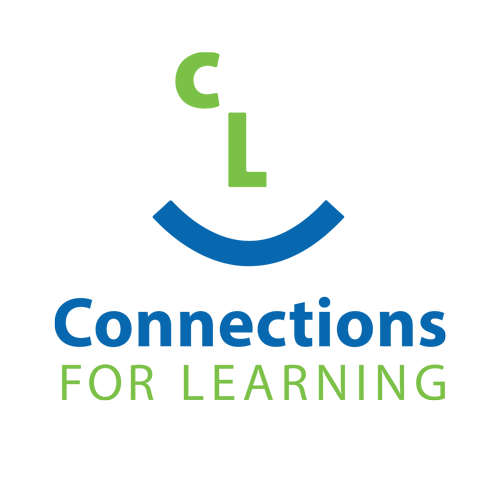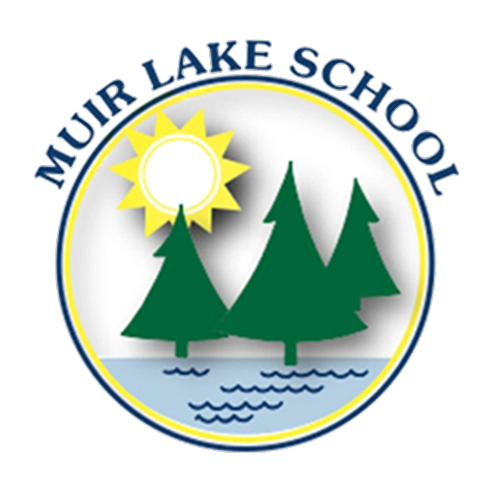AP 364: Seclusion And Physical Restraint
Organization & Culture
Background
Establishment of safe and caring schools is a priority in Parkland School Division. The Superintendent ensures that each student and staff member is provided with a safe environment. School staff are expected to focus on positive and proactive strategies for engaging children/students and employing de-escalation strategies when dealing with challenging behavior. Despite a focus on prevention, occasionally, it may be necessary to use seclusion and/or physical restraint to ensure students and staff safety.
Definitions
a) Crisis Management: Shall refer to decisions or actions informed through training that are used by staff only as a last resort when a student’s behavior is dangerous or imminently dangerous. These decisions and actions are used to ensure student and staff safety and are comprised of a range of strategies and procedures, including but not limited to: physical restraint and the use of a seclusion room.
b) Physical Restraint: Shall refer to any method of using physical contact for restricting or immobilizing another person’s freedom of movement, physical activity, or normal access to their body. It is a personal restriction that serves as a means of controlling an individual’s movement, reconstituting behavioural control, and establishing and maintaining safety for the individual and other individuals.
Physical restraint DOES NOT include physical escort, which may involve temporarily touching or holding of the hand, wrist, arm, shoulder or back for the purpose of accompanying and inducing a child/student who is beginning to act out or is slightly agitated to walk to a safe location. Such contact is often brief and directional and does not serve as an immobilization or means for reconstituting behavioural control.
c) Seclusion: Shall refer to the involuntary confinement or isolation of a person alone in a room or area from which the person cannot freely exit or is physically prevented from leaving. This generally occurs in a room with a door that has a lock. The lock may be engaged, or if not engaged, the door is otherwise blocked or held shut.
d) Time-Outs: Shall refer to a behaviour intervention for the purposes of reducing or stopping challenging behaviour in the long-term, while seclusion and physical restraint are emergency or safety procedures that are to be used in exceptional situations for immediately preventing harm to self or others.
Positive Behaviour Support Principles
A. Safety or crisis management strategies for children/students are to promote the rights of all children/students to be treated with dignity.
B. All students shall receive necessary educational programming and learning support in a safe and least-restrictive environment.
C. Positive and appropriate educational interventions shall be provided to all children who need them.
D. Preventative and positive behaviour supports are expected to be in place to help prevent the use of seclusion or physical restraint. Seclusion or physical restraint are not substitutions for comprehensive, proactive and positive behaviour supports.
E. Seclusion rooms and/or physical restraint are measures of last resort in crisis situations.
Procedures
1. The Principal shall ensure that staff training meets the expectations as set out in Appendix A “Knowledgeable and Skilled Staff” within the Ministerial Order (042/2019) Standards for Seclusion and Physical Restraint in Alberta Schools.
2. The Principal shall review annually, and on an ongoing basis as necessary, the Standards for Seclusion and Physical Restraint in Alberta Schools with all staff, to ensure school staff are in full compliance with the Ministerial Order (042/2019) Standards for Seclusion and Physical Restraint in Alberta Schools.
3. The Principal shall review annually, and on an ongoing basis as necessary, the Guidelines for Time-out in Alberta Schools with all staff.
4. Principals shall ensure the Parkland School Division Critical Incident Report Form is completed within twenty-four (24) hours, after the implementation of physical restraint or seclusion:
4.1. The Division Principal of Student Services maintains a copy of the completed form; and
4.2. The Division Principal of Student Services shall complete the monthly reporting form as required by Alberta Education.
5. Staff who seek direction or guidance with respect to the Ministerial Order shall seek guidance from the Division Principal of Student Services.

